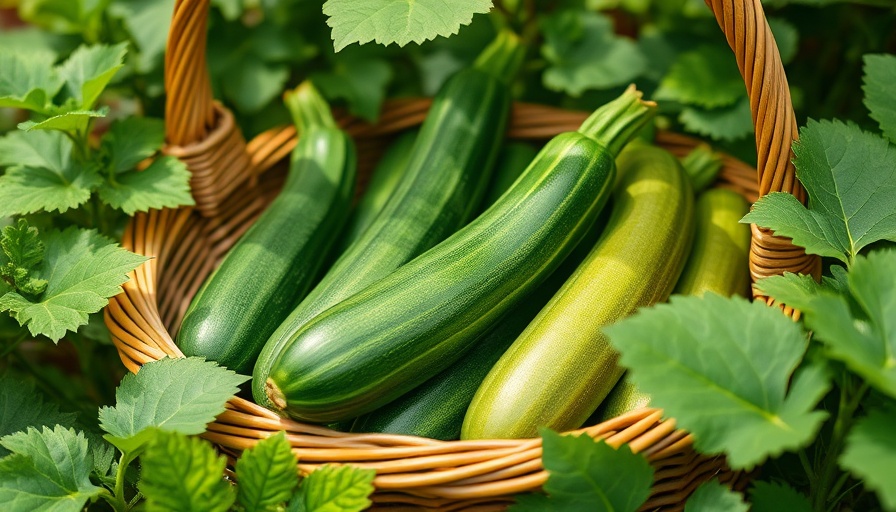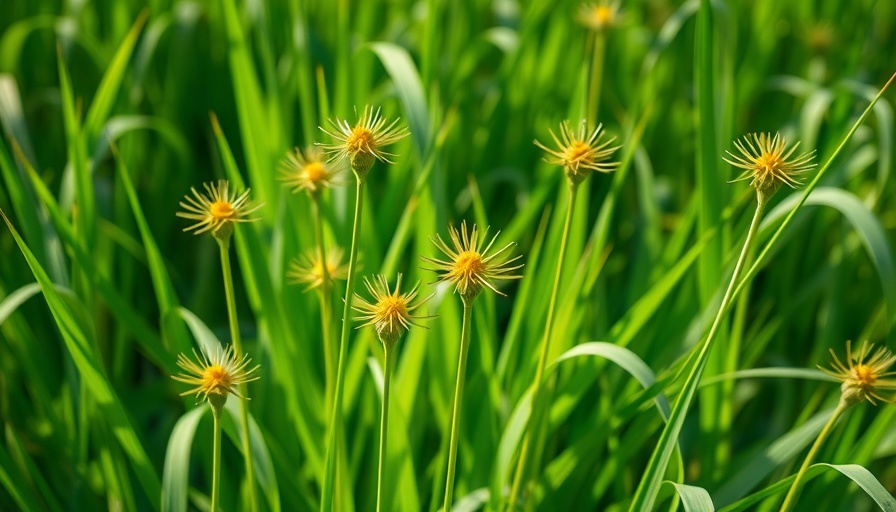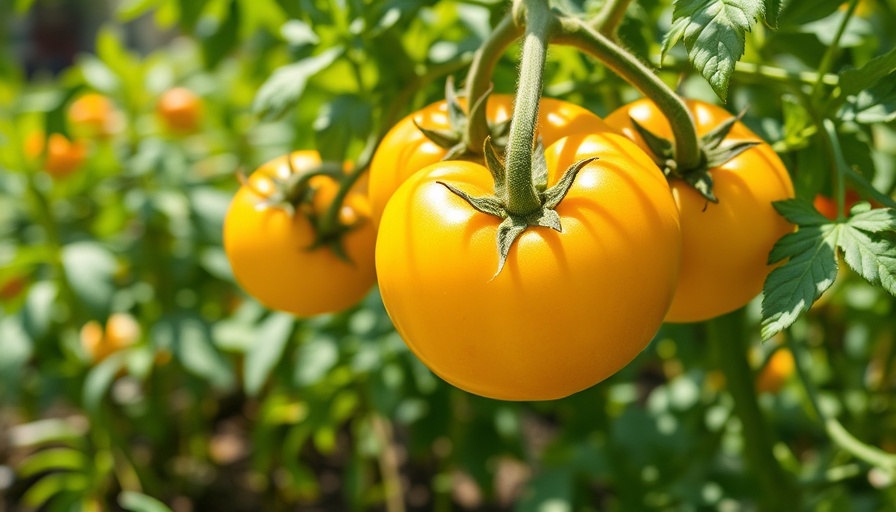
The Art of Timing: When to Harvest Zucchini for Maximum Flavor
Zucchini is often hailed as the quintessential summer vegetable, prized for its versatility and rapid growth. For backyard gardeners, knowing exactly when to harvest this prolific crop is a key skill that can distinguish a mediocre dish from a culinary delight. In this guide, we’ll explore the nuances of zucchini harvesting to help you achieve the best flavor and texture.
Understanding Zucchini Growth and Development
Unlike other crops, zucchini tends to grow quickly, sprouting glossy, vibrant fruits that transition from tender to oversized seemingly overnight. Gardeners should keep a close watch, ideally checking every day or two once the fruit sets. Harvesting at the right moment can prevent zucchinis from becoming too large, too dense, and filled with seeds—attributes that can detract from their culinary appeal.
The Ideal Harvesting Size and Time
The ideal size to harvest zucchini is around 6 to 8 inches long, though this can vary depending on the variety. At this stage, zucchinis are tender and flavorful, making them perfect for grilling, sautéing, or even adding fresh to salads. Waiting too long will result in a tougher texture that is often better suited for baking or soups. To get the most out of your harvest, it's crucial to pick zucchinis during the early morning, when they are crisp and full of moisture.
Why Pollination Matters
In addition to timing, understanding pollination is essential for a fruitful harvest. Zucchini plants rely heavily on bees for pollination, as they transfer pollen from male to female flowers to ensure the development of fruit. If the bee population is low, you can take on the role of the pollinator by hand-pollinating the flowers, ensuring a better yield. Incorporating nectar-rich plants in your garden will also attract more beneficial insects.
Preserving Your Bounty: Techniques for Long-Term Enjoyment
If you're faced with a zucchini surplus, there are various methods to enjoy your harvest long after the summer ends. Simple techniques like blanching and freezing can preserve the fruits’ freshness, allowing for use in soups, stews, or baked goods later in the year. Additionally, you can also experiment with pickling to capture their delicate flavor. Consider incorporating them into paver patio designs or outdoor kitchen setups for meals fresh off the grill!
Complementing Your Zucchini: Growing Companion Plants
Companion planting can enhance the health and productivity of your zucchini crop. Neighboring crops such as marigolds can deter pests, while planting with corn or beans can promote harmonious growth. This not only maximizes space but also increases your yield. Moreover, combining container gardening techniques with traditional garden beds can lead to a more diverse and eco-friendly yard care approach.
Seasonal Adjustments and Future Planning
As the seasons shift, so should your garden planning. Summer squash like zucchini loves warm conditions, and as temperatures drop, they will stop producing. Plan your plantings accordingly, and always have a seasonal planting guide on hand to maximize your garden's productivity. Explore low maintenance landscaping solutions or backyard makeover ideas to create an inviting outdoor space that highlights your culinary efforts.
To reconnect with the joy of gardening and to enjoy a richer harvest, apply these techniques for a successful zucchini season. Take a moment to reflect on your gardening journey, fostering a deeper connection with nature, and consider how you might want to enhance your outdoor living spaces.
 Add Row
Add Row  Add
Add 




Write A Comment